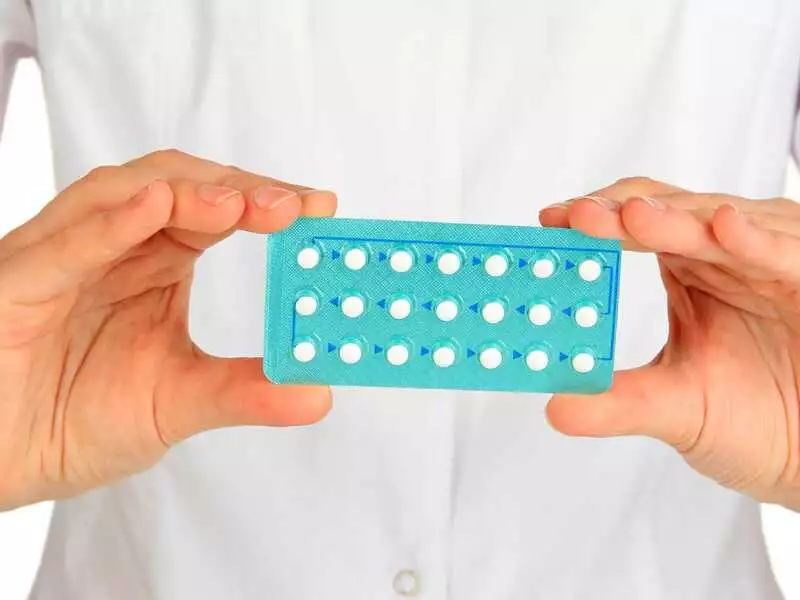The effect of hormone replacement therapy on the occurrence of uterine bleeding is presented.
Irregular bleeding
The probability of endometrial cancer in the presence of irregular bleeding in postmenopausal women is 10% and endometrial proliferation 15%. In contrast, approximately 25% will be benign endometrial structural pathologies such as endometrial polyps or submucous myomas. The causes of the remaining bleeding during this period in women with atrophic endometrium not using HRT are not fully explained. Superficial petechiae and mucosal damage due to fragility of the lining vessels are considered, as well as chronic endometritis, rupture of endometrial cysts or swelling of the endometrial glands resulting in vascular damage. In contrast, abnormal bleeding without a clear uterine cause in HRT users may occur against a background of unstable atrophic endometrium and non-adherence to therapy, variable intestinal absorption of the drug, interactions with other drugs or coagulation disorders.

photo: panthermedia
The effect of the administered progestogen depends on the previous action of oestrogens, which should stimulate progestogen receptors. In addition, an important action of progestogen is to reduce the number of oestrogen and progesterone receptors, thereby reducing the sensitivity of the endometrium to both hormones. Short-term administration of progestogen induces secretory changes in the glands and pseudo-endometrial changes in the lining. The effect of continuous or repeated administration of progestogens leads to a reduction in the number of oestrogen receptors and a gradual loss of oestrogen sensitivity. Pseudoepithelial changes of the thin lining and glandular atrophy are observed, thus atrophic atrophic endometrium, which may become the cause of irregular bleeding or no bleeding.
In a study of oral and transdermal administration of 17-beta oestradiol and transdermally sequential or continuous NETA acetate at doses of 170 mg and 350 mg, the bleeding profile was also assessed. In the NETA acetate sequential group, bleeding was observed regularly in approximately 55% of patients at the 170 mg NETA dose and in 69% of patients at the 350 mg NETA dose, whereas bleeding ended earlier in the lower 170 mg dose group, where approximately 30% fewer days of bleeding were observed. Irregular bleeding was observed in 11-18% in the lower-dose NETA group and in 11-25% in the higher-dose NETA group, while no bleeding was observed in 3.3% and 6.5% of women, respectively. The proportion of women with prolonged bleeding was also higher in the 350 mg NETA group. In the cyclic therapy group, there was a reduction in bleeding incidents from 35% and 45% of patients in the first cycle to 25% and 15% at the end of therapy in the 170 mg and 350mg NETA groups, respectively. About 20% of women had no bleeding at all in any cycle. Compared to sequential therapy, where more prolonged bleeding was observed, in continuous therapy these were mostly minimal bleeding. They were observed in 50% of women during the first 3 months of treatment, although the frequency increased to 68% in the last 3 months of treatment.









